Essential oils: application and distillation
Essential oils have a wide range of uses, including:
- Cosmetics: face creams, lotions, masks, tonics.
- Aromatherapy: diffusers, aroma lamps, inhalations.
- Treatment: aroma baths, compresses, rubbing, massage.
Distillation is a method of obtaining essential oils from plant materials.
Distillation process:
- Plant material is loaded into a column above a cube of water.
- The cube heats up to a high temperature.
- The steam ruptures the plant cells, releasing the essence of the plant.
- The steam condenses to form an aqueous distillate and an essential oil.
- The essential oil collects on the surface or bottom of the receiver, depending on its density.
Advantages of stainless steel distillers:
- Efficiency: High yield of essential oils.
- Durability: Wear resistance and corrosion resistance.
- Easy to clean: Easy to clean and disinfect.
Features of the distiller:
- Weight: 23 kg.
- Dimensions: 57×38×47.5 cm.
- Boiler volume: 14 liters.
- Column volume: 8.5 liters.
- Diameter (clamp): 6 inches.
- Boiler weight: 7.5 kg.
- Bottom diameter: 24 cm.
- Rosemary yield: 45 ml in 25 minutes.
- Lavender yield: 16 ml in 25 minutes.
- Hydrolate productivity: 2000 ml/hour.
Advantages of distillers for home use:
- Compact: Small in size, easy to store.
- The distillation process is easy to learn.
- Efficiency: High yield of essential oils.
Order your essential oil distiller today!



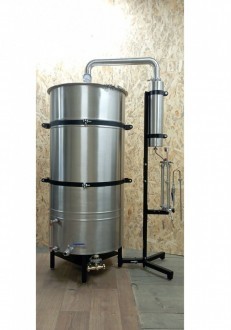
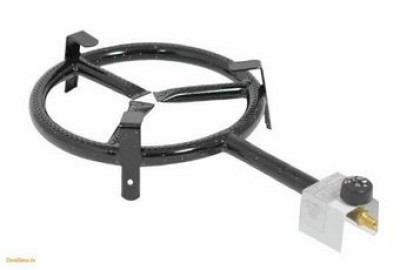
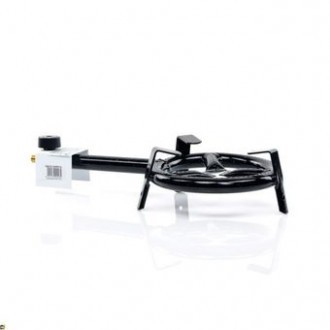
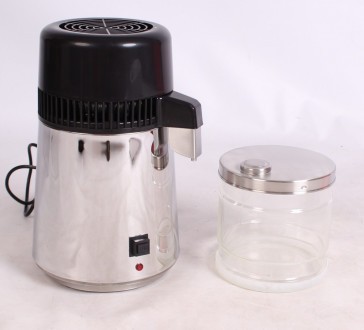
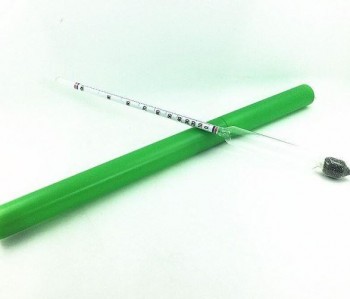
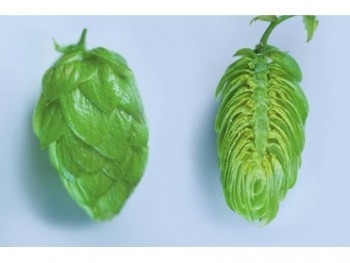
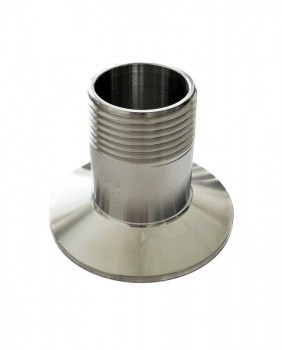
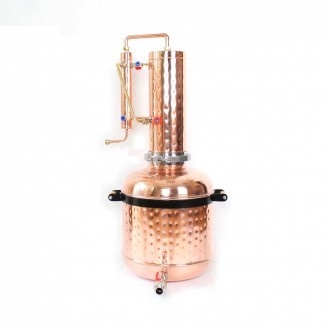
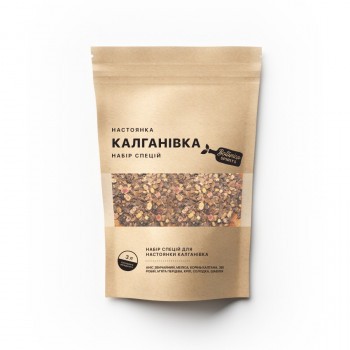
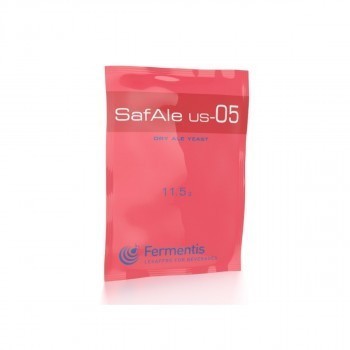
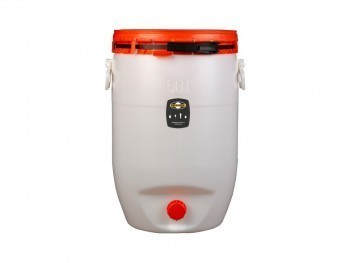
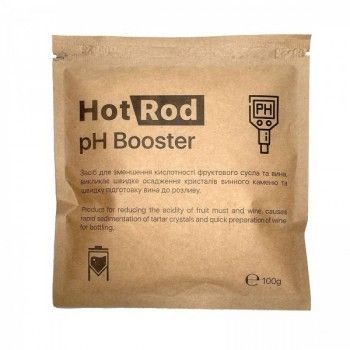
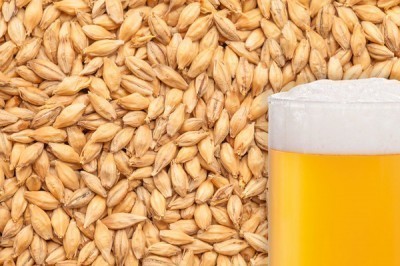
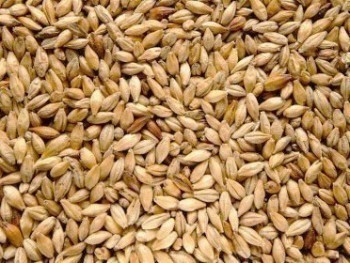
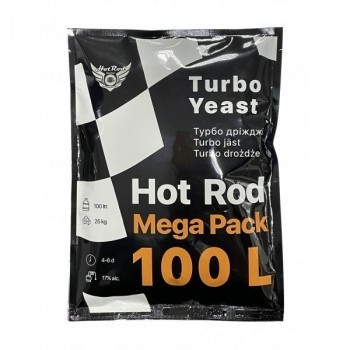
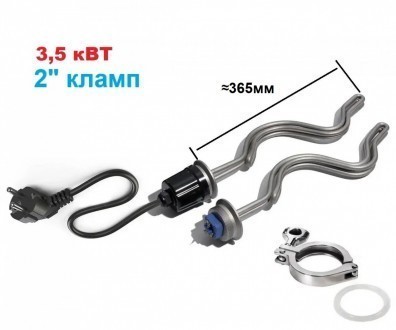

To write a feedback